My list of The 10 Essentials for Wilderness Survival have evolved from research and experience. Carry them with you when you venture into the wilderness.
My Private Access to the Ultimate Wilderness Experience
British Columbia, Canada, is a true wonder of Nature. Having spent nearly 40 years, exploring many parts of the British Columbia wilderness, I can attest to its beauty and magnificence.
The Rocky Mountains are one of its greatest features. Travelling in a westerly direction from the Rockies, we cross icefields, the mighty Fraser River, forests, grasslands, and even a desert, to finally arrive at the majestic Pacific Ocean.
This is easily more than enough wilderness for a lifetime of exploration and enjoyment.
I will be forever grateful for this bounty I have been blessed to explore. I savour my moments in Nature and I return often, to be refreshed and enthused. This natural beauty is captivating and impressive, but it is a place fraught with danger.
It must be respected and understood to navigate safely.
Hence, my 10 essentials for wilderness survival.
What is wilderness survival?
Wilderness Survival is simply the ability to overcome an unfortunate accident or misadventure, and return to your home and family, to do it all, another day!
What are the 10 Essentials for Wilderness Survival?
Survival Essentials are a set of tools and supplies that you carry with you at all times when you adventure into the backcountry. Whether you are camping, canoeing, fishing, hiking, or hunting. Regardless of the activity, they must be brought along to assist in your safe return.
They should be of superior quality and multi-purpose so that if you become lost, hurt, or involved in an emergency situation, they will be useful in helping you to survive. Always try to get the best survival gear that you can afford. As time goes by, you can replace your older versions with newer, and more improved pieces of equipment.
Where will this Survival Gear be used?
There is a wide variety of survival gear available in today’s marketplace of varying quality and purpose. The most important question to ask yourself is this, “Where will I be using my Survival Gear”?
This one of the most neglected areas of concern that I find missing in most discussions on this topic. Where are you going? Will your outdoor adventure take place in the forest, in the desert, or over a body of water.
What should it include?
Here are the items that I consider my 10 essentials.
1) an emergency shelter
2) a fire starter
3) a knife
4) first aid supplies
5) extra clothes
6) food and water
7) a headlamp
8) a map and compass
9) a whistle
10) a bag to carry it all
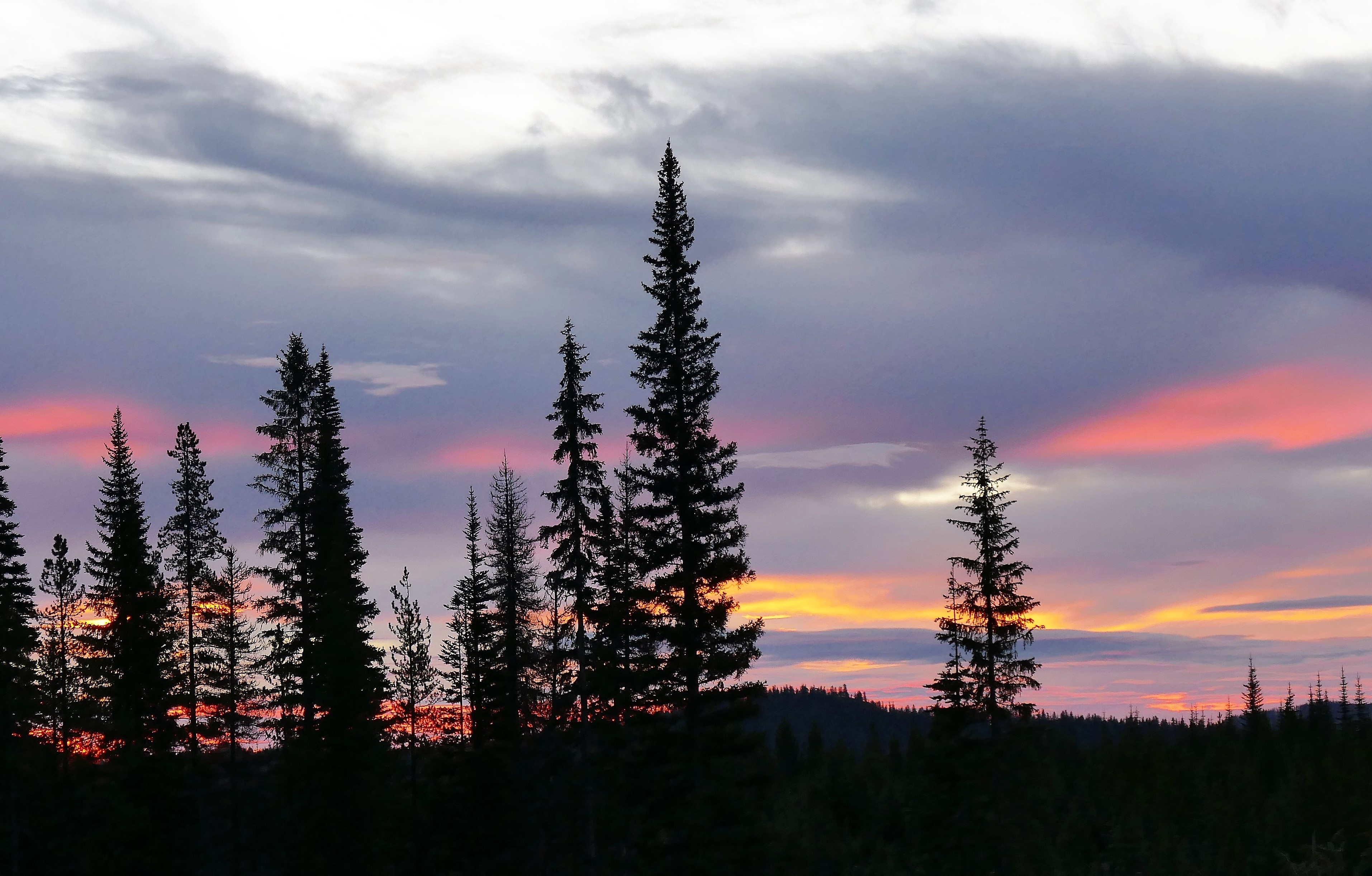
What are the 10 essentials for Wilderness Survival?
Experience and research have helped me to compile this list of my favourite ten. Almost all survivalists and outdoor enthusiasts agree on these basic 10.
We use different words and terminology, sometimes, to describe these 10 essentials, but for the most part, we all seem to agree on the 10 essentials, to varying degrees.
My list of 10, includes specific items, and what I refer to as “systems”.
These are my 10 Essentials for Wilderness Survival.
1) … an emergency shelter
2) … a fire starter
3) … a knife
4) … First Aid supplies
5) … extra clothes
6) … food and water
7) … a headlamp
8) … map and compass
9) … whistle
10) … a comfortable backpack to organize and carry it all
My 10 Essentials for Wilderness Survival in greater detail.
Wilderness survival is not a TV reality show. If you get hurt or lost, and you are unable to maintain proper core temperature, to hydrate yourself, and administer the required First Aid, your chances of surviving are close to ZERO!
Am I trying to scare you? … bet your ass on it!
If you are selfish enough to believe that you already know “all this stuff”, and you don’t need all this junk on your back, think for a moment of your family, your wife and your children, your friends, and the dedicated volunteers and professionals who will be trying to find your sorry ass!
I will describe why I carry them, and how I use them. Now let’s get serious.
1. an emergency shelter
If you’re out on a single or multi-night, backpacking adventure, you’ve got this one covered (pun intended). In your backpack, you have a tent, a sleeping pad, and a sleeping bag. A pleasant way to spend a comfortable night under the stars.
If you’re out on a day-hike, however, you may not be as well prepared. hunting, fishing, gold panning, or bird-watching, you are not carrying a tent and sleeping bag. What happens if you break an ankle, get stuck in the dark, or can’t find your way back to your vehicle?
Do you have the tools and the skills to spend the night where you are?
I carry a 3-meter x 3-meter plastic tarp, or piece of heavy construction 6mil poly, some rope, a knife, and a small folding saw to build my emergency shelter.
If you lack the experience and the skills to build an emergency shelter, I suggest you carry the items listed below.
An emergency blanket, … an emergency bivy sack, … and a large orange construction-grade garbage bag.
These items are all useful for staying warm and dry if an overnight stay becomes your only option.
The large orange bag can be used to signal aircraft or search and rescue personnel.
2. a firestarter
I carry 2 or 3 “see-through” Bic lighters, waterproof and windproof matches, and a ferrocerium rod.
The see-through lighters are the ones that show you how much fuel is left in the lighter, no need to carry an empty lighter in your pack. They are lightweight and inexpensive. Any two of the above are well-equipped.
Can you build a fire? … of course, you can!
How about if you have a broken ankle, no lighter, no matches, or no ferrocerium rod, and the wind and rain are trying to blow you off the side of the mountain.
The “reality stars” have all left and you have to find a way to stay warm and dry and deal with that broken ankle, so that tomorrow you can hopefully make your way back to your vehicle, and to a hospital, to get your ankle placed in a cast.
One of man’s most important discoveries, a fire will keep you warm and dry, boil your water, and provide light to perform many tasks.
It also brings a feeling of comfort and security, and a great psychological boost when you really need one.
3. a knife
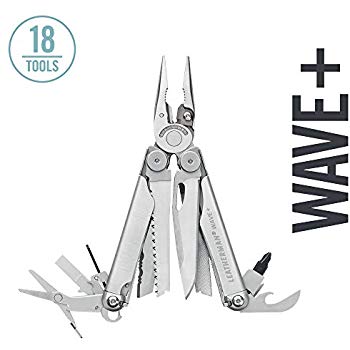
The knife and the firestarter are what I consider the two most important items on this list.
In addition to a knife, I carry a small folding saw.
In winter, I upgrade to a slightly larger, more aggressive-tooth hand saw, and a small axe.
A word of warning! … Do not bring an axe unless you are skilled in its use.
It is the most dangerous tool in any backpack!
A glancing blow will damage your fingers and legs in a life-threatening manner.
An axe should only be carried by skilled users during winter conditions.
A blade sharpener completes the package.
4. first aid supplies
This can be a small, compact First Aid Kit with a few add-ons, stuffed into it. Better bandages, moleskin, lip balm, and other things that can benefit YOU and your situation.
Do you know how to use it? … Can you administer First Aid to your broken ankle? …
Are you carrying a headlamp so you can see what you’re doing?
Are you beginning to understand how a fun day in the outdoors can quickly turn into a nightmare?
5. extra clothes
Are you dressed for the occasion? … Are you prepared for the cold? … for the rain? … can you survive 8 or 10 inches of overnight snow? It gets very cold at 3 or 4 in the morning.
Not so bad if you have shelter over you and a fire to keep you warm and dry.
The essentials here that I carry include a balaclava, a tuque, and a top and bottom piece of hi-tech underwear, gloves or mittens.
Lightweight, and occupying very little space, these essentials, will keep the chilly winds at bay.
6. food and water
I carry a Nalgene wide-neck, 1-litre plastic bottle, nestled in a titanium pot, and a LifeStraw.
The bottle and pot, have a 2-litre volume capacity. I can boil water for my tea, coffee, and other dehydrated foods.
Herbal or Matcha tea bags, hot chocolate, oatmeal, energy bars, cheese, beef jerky, sardines, and coffee.
Carry things that you like. Non-perishables that have a long shelf life, and rotate them frequently. Hydrated meals belong here as well.
I have the food and water section down to a science, because climbing up and down the mountainside, burns a lot of calories.
Food keeps you warm, and you can’t beat a hot meal or drink when you have the chills.
Proper hydration has been well documented and needs to be maintained.
7. a headlamp
A headlamp is my preferred option.
There are many hi-tech, high-lumen flashlights on the market that are a great addition to your kit, but a quality headlamp is a must-have.
A headlamp frees your hands to perform tasks. Their quality and lumen rating can quickly turn the night into the day.
Do not forget to check your batteries often and always have an extra set in your kit.
I also make sure that my headlamp and flashlight batteries are compatible.
8. a map and a compass
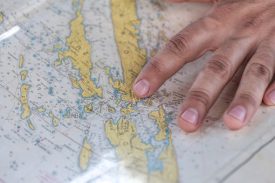
A professional-grade, orienteering compass will have a mirror that can also be used for signalling.
Research the area you will be going to. A map is an excellent place to start. Even large-scale pamphlet-type maps are better than no map at all.
There are maps online that you can download at no cost.
Topographic Maps are your best option and once you learn how to read them, they will be your go-to favourite.
GPS units are a consideration as well. They need batteries and satellite acquisition to function. Like all electronics, they often bring “Murphy’s Law” into the equation.
A map of your area and an understanding of how to use a compass are “top-priority” skills to learn.
Learn about navigation, how to use a map and compass, so that finding your way back to your vehicle won’t be a mystery or a guessing game.
9. a whistle
A whistle is a signalling device used to attract attention. It can be used to help searchers find you.
Plastic whistles are inexpensive and can scream at an eardrum-bursting 120+decibels. Titanium and metal models are also available. Keep it within easy reach to not get separated from your group.
You must have brought your SmartPhone along. SmartPhones are often unable to link to the nearest tower, and they certainly aren’t smart enough to recharge themselves.
A Spot Gen3 or a Garmin inReach Explorer are other options to consider as you gain experience.
10. a bag or pouch to carry it all
No point in having all the 10 essentials for wilderness survival if you are not going to bring them along.
All these items can fit into a fair-sized pouch, less than 100 mm x 200 mm x 300 mm in size, and weigh about 1 kilogram.
The tarp or piece of plastic can be substituted with an emergency bivy-sac, and together they can all be contained in this package.
All included, you have a small package, light in weight, that can be carried on your hip-belt, your daypack, or your cargo pack.
Don’t leave home without it! … They are not of much use at home or in your vehicle.
A well-organized backpack is easy to carry and comfortable.
Properly equipped, you will be more confident and better able to appreciate the wonders of Nature.
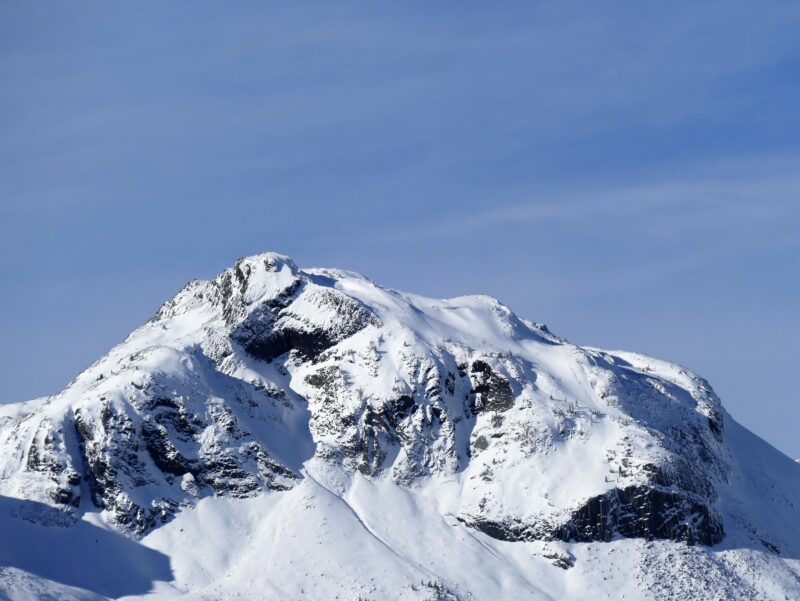
When do you need to carry it?
At all times! … when you are out and about, in the wilds of Nature.
Your wilderness experience will help you build your very own 10 Essentials for Wilderness Survival.
As you gain experience, you will improve the quality of your survival gear, and experience will teach you how to use it more effectively.
Do you have a survival kit? … What is included in your kit? … Do you bring it with you, … or does it often stay in your vehicle?
Leave your comments, questions, or suggestions, in the space below.

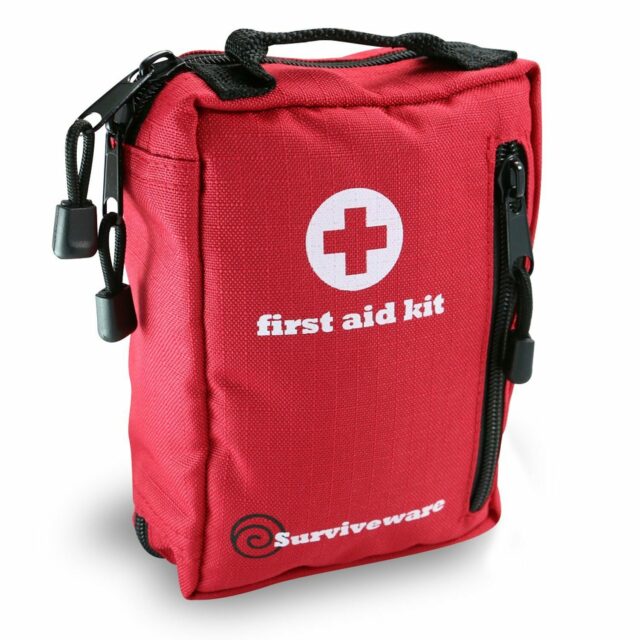

Great list of 10 essentials for wilderness survival!
I usually bring my backpack with all the essentials for survival on my hikes.
The one thing I have that you didn’t add is water tabs in case the water is not clean (that’s after I drink my water bottle).
Excellent idea, Dinh.
I failed to mention this very important point.
I did include the LifeStraw but your water purification tablets are an excellent addition to all survival kits.
Do you carry fishing gear in your kit?
I’m sure you carry a few books as well. A must-have item for you. Thanks for the suggestion.
I would love to hear about your hiking adventures.
Paul
If I get lost in the wilderness, I would never have known how to survive because I hadn’t cared ever to find out ways to survive. But with this article, I now know what and what is needed. I’m prepared to explore the jungle and even spend vacations there so as to have the wilderness experience since I now know what’s needed to survive.
Dhayours,
Jungles are fraught with danger.
Tigers and many poisonous insects and snakes make their home there.
Research this well before you embark on your jungle adventures. I certainly wouldn’t want to explore the jungle alone. I suggest you don’t either.
Thanks for reading my post and for the kind comments.
Paul
This is an amazing post and I found it really interesting and full of valuable information. Thank you for that!
It makes so much sense in what you say, especially when you were talking about carrying a fire starter, for example.
I would love to venture to explore the big outdoors by myself, but I always feel scared by the lack of experience. What would be your recommendation in terms of when is safe enough for a woman to spend a few days/nights in the wilderness alone? Or is it ever safe? Thanks!
Good Day, Alenka.
It’s almost never a good idea to venture into the wilderness alone.
Only crazy, hard-core types do it. Alone, you have no backup, and you are left to fend for yourself in a world that can suddenly turn against you.
Begin by gaining lots of experience. Hike and walk alone in city parks and urban settings. Hiking and camping alone is not something that I want to recommend to anyone. It involves a certain personality type that will not be convinced otherwise.
There are perhaps some local hiking and camping clubs in the area you live in. My best advice is to learn as much as you can about the outdoors and the skills you need to get by in this environment.
Can you build a shelter and a fire when it’s raining and windy? Do you know how to read a map and how to use a compass? Is your knowledge of First Aid adequate to deal with a broken leg, a snake bite, or a loss of blood?
Can you deal with predatory animals such as mountain lions and bears?
I will close by saying that the wilderness is never completely safe for a woman, a man, or the animals that live there “full time”. Beneath all this beauty lies many dangers.
This is not a reason to keep you away. Learn the skills that I’ve mentioned. Practice them on day-hikes until you feel confident in their application.
There are many posts on this website to help you get started.
Do not hesitate to contact me if you need further assistance. I will be happy to share my experiences with you. I have learned a lot from other outdoor enthusiasts as well.
Thank you for reading my post and I hope you drop by again.
Paul